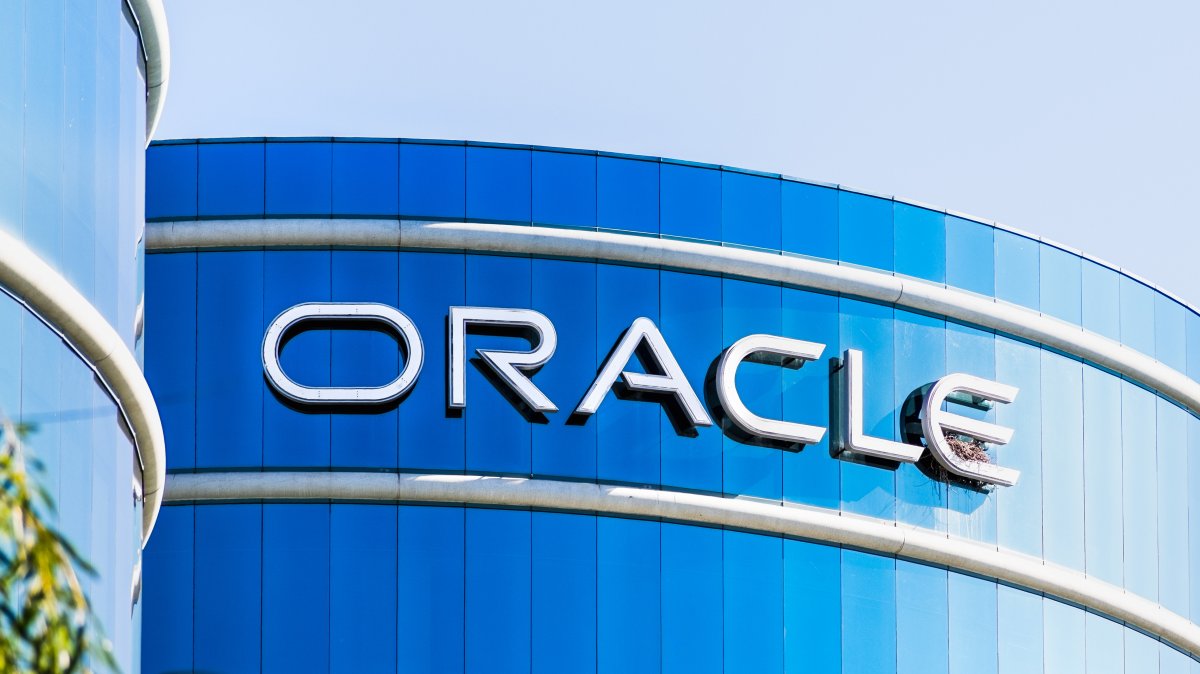Oracle 21c: Blockchain and Machine Learning
Source: Heise.de added 12th Jan 2021Oracle secretly made its new database 20 c available in the cloud at the end of the year. The previous version 10 c, which was only available as a preview version, was replaced by a new standard version. The database 21 c supports all previous database services, including the Autonomous Database, the Exadata Cloud Service X8M, the Oracle Database Cloud service and the Exadata database machine. The 21 c should have 200 contain new features with which Oracle remains true to its strategy: “One engine for all data and for all workloads”.
The most important innovations include blockchain tables, in-database JavaScript, native JSON binary data, machine learning directly within the database (AutoML) and the persistent memory store. There are also improvements in in-memory, graph processing, sharding and multitenancy applications.
Secured with the blockchain The new blockchain tables of 20 c are an addition to the existing Oracle blockchain platform. They are part of the Crypto-Secure Data Management. They offer immutable insert-only tables, the rows of which are linked to one another in encrypted form. These functions for detecting and preventing manipulation directly in the Oracle database are intended to protect the data from unauthorized changes.
The blockchain tables complement Oracle’s existing blockchain platform . They should recognize and prevent manipulation of the data.
(Image: Oracle)
Another important innovation is the native JSON data type. Although Oracle has long supported SQL / JSON queries and indexing, it has now added a new JSON data type that is said to enable up to ten times faster scans and up to four times faster updates.
With AutoML now has an integrated DB function for machine learning (ML). The module automatically creates and compares different ML models and is intended to facilitate the use of ML by non-specialists. AutoML also includes an extensive library of popular ML algorithms, including anomaly detection, regression and deep learning analysis.
JavaScript in the Oracle Database Another new feature is that JavaScript can now run directly within the database. This is thanks to the embedded Graal Multilingual Engine. In addition, JavaScript data types are automatically mapped to Oracle Database data types and vice versa. In addition, SQL can be executed directly with the embedded JavaScript code.
The new Persistent Memory Support improves the performance of I / O-intensive workloads. It saves the data directly in the local persistent memory (PMEM). SQL is executed directly on the PMEM data, eliminating the need for a large buffer cache. In addition, new algorithms prevent inconsistent storage in the PMEM.
In-memory storage now supports both row and column formats in the same table. Both can be active at the same time and remain transaction-consistent. This also includes a new self-managing in-memory column memory, which automatically places and removes objects in the in-memory column memory.
Find the location of the data The new sharding improvements enable international corporations to precisely localize their data in order to comply with the requirements for data sovereignty and data protection. Oracle’s sharding offers linear scalability, fault isolation and geodistribution for large-scale web applications. The Database 21 c has a Sharding Advisor tool that simplifies the design of the database schema and the workload characteristics and can be optimized.
That a database for all data formats and all tasks in Serves a company, Oracle sees its greatest advantage over the competition.
(Image: Oracle)
Furthermore, the cloud-based APEX service complements the new database 21 c. This is a meta-code generator, so an interpreter is required to run. In addition to the APEX platform, the new APEX service package also includes an autonomous database, a preconfigured middle tier consisting of Oracle REST Data Service and SQL Developer Web. Autoscaling is supported up to 128 OCPUs and 128 TB Storage and many other Oracle services.
Free trial version With the concept of a single database for all data formats and tasks, Oracle wants to stand out against the special offers from Amazon (Aurora, DocumentDB, Redshift, Qunatum Ledger), Azure (Synapse Analytics), Google (Big Query) MongoDB (Document Store) and Snowflake (Data Warehouse). 21 c is also available to the developers as an autonomous database as part of the always-free offer. It has been around since autumn 2019 and includes free development, testing and deployment of apps with no time limit. In addition to two autonomous databases, there are also two OCI Compute VMs, 100 GB block, 10 GB object storage, load balancer as well as monitoring and messaging for the package.
(fo)
brands: Amazon Apex Aurora CODE COMPLY Google Ledger local ML New other media: Heise.de keywords: Amazon Cloud Google Memory
Related posts
Notice: Undefined variable: all_related in /var/www/vhosts/rondea.com/httpdocs/wp-content/themes/rondea-2-0/single-article.php on line 88
Notice: Undefined variable: all_related in /var/www/vhosts/rondea.com/httpdocs/wp-content/themes/rondea-2-0/single-article.php on line 88
Related Products
Notice: Undefined variable: all_related in /var/www/vhosts/rondea.com/httpdocs/wp-content/themes/rondea-2-0/single-article.php on line 91
Warning: Invalid argument supplied for foreach() in /var/www/vhosts/rondea.com/httpdocs/wp-content/themes/rondea-2-0/single-article.php on line 91
